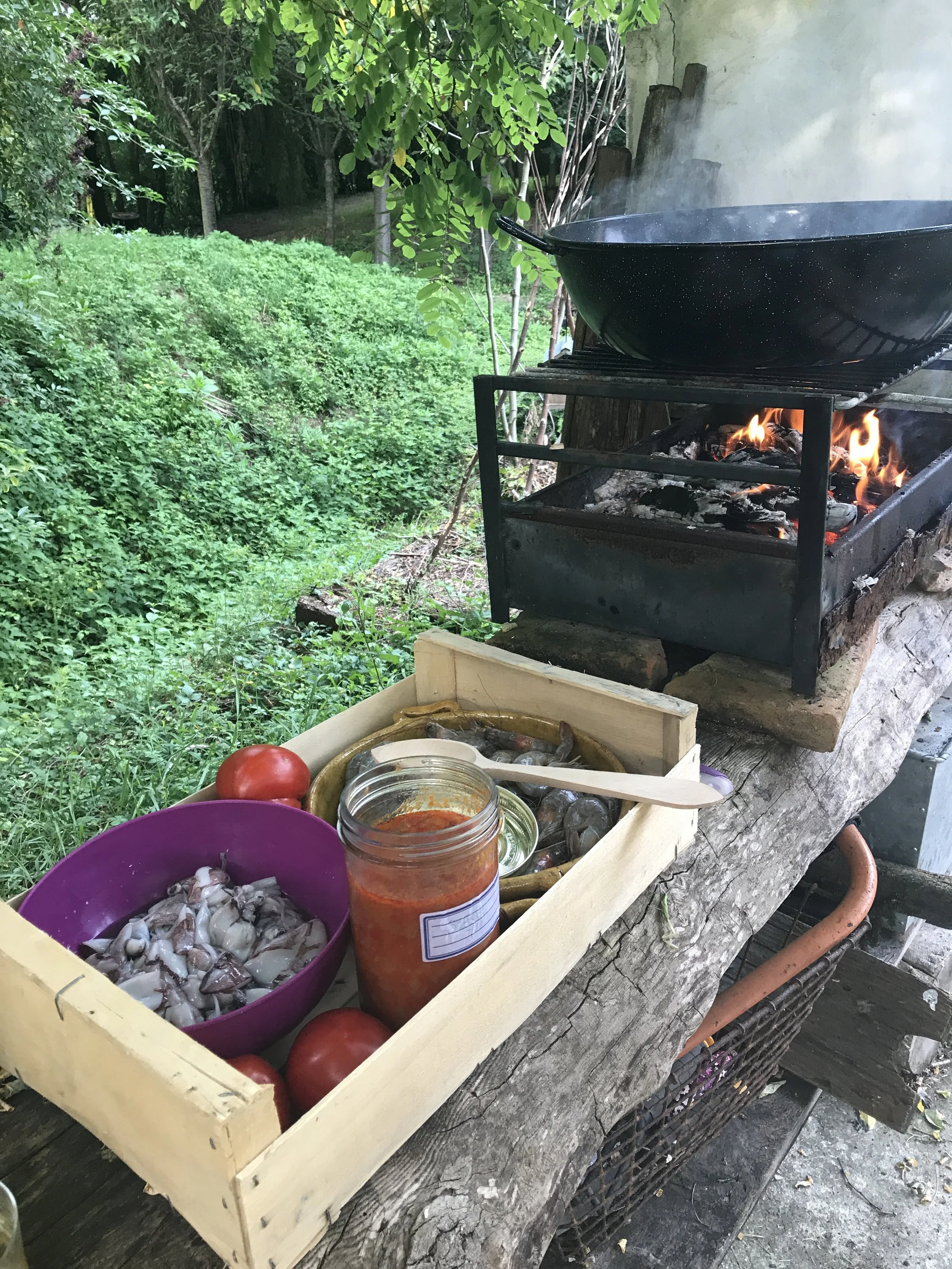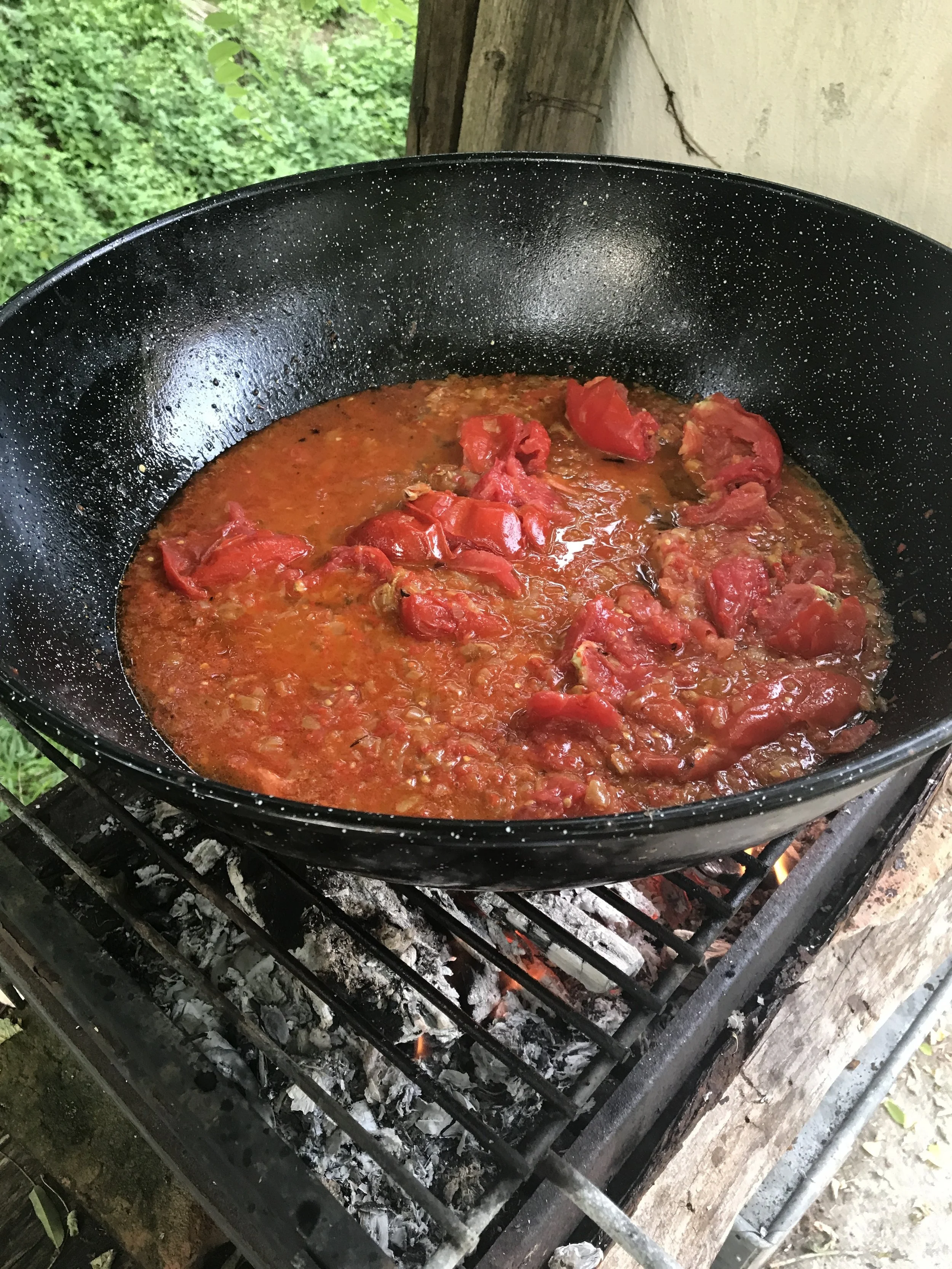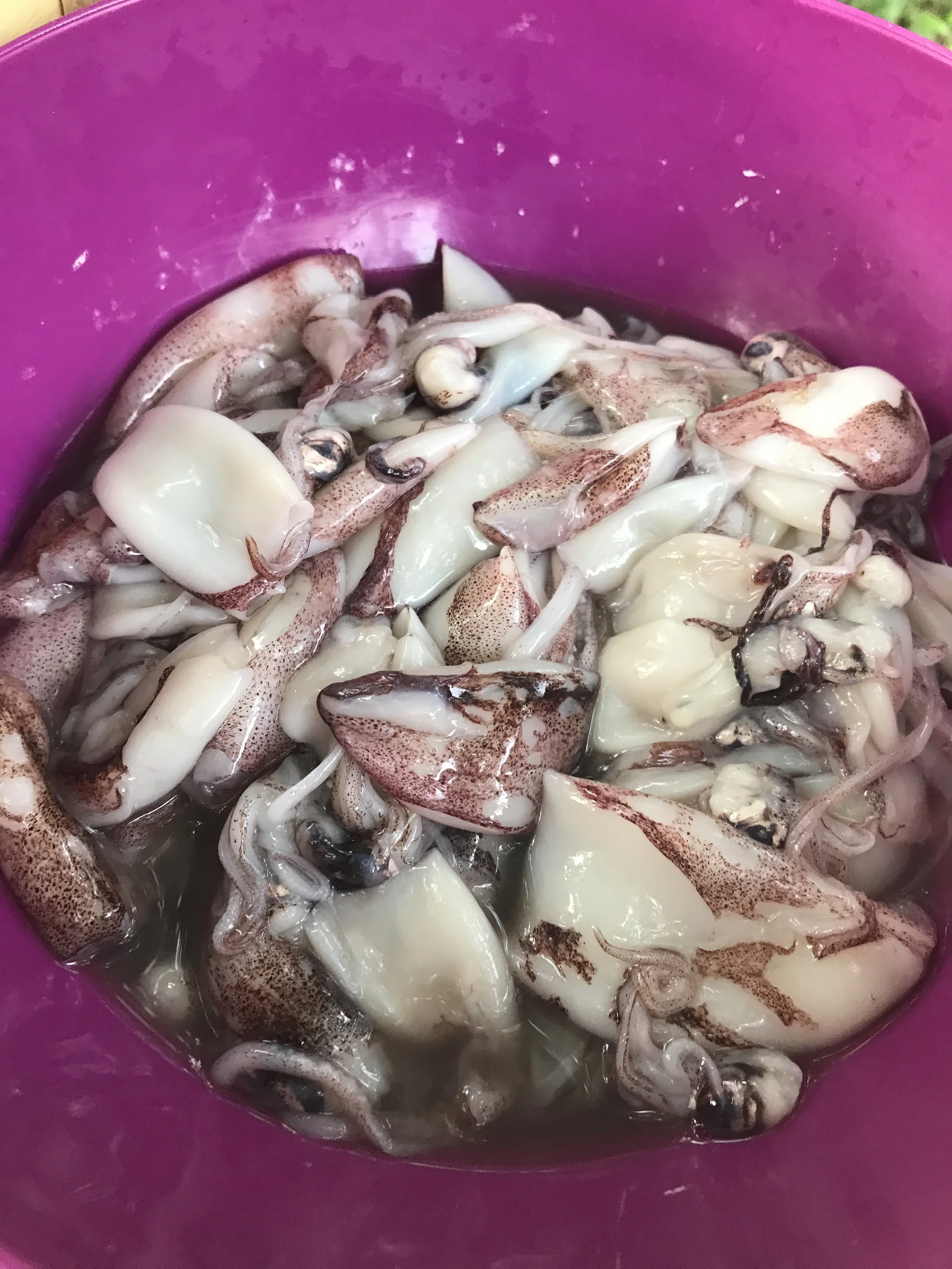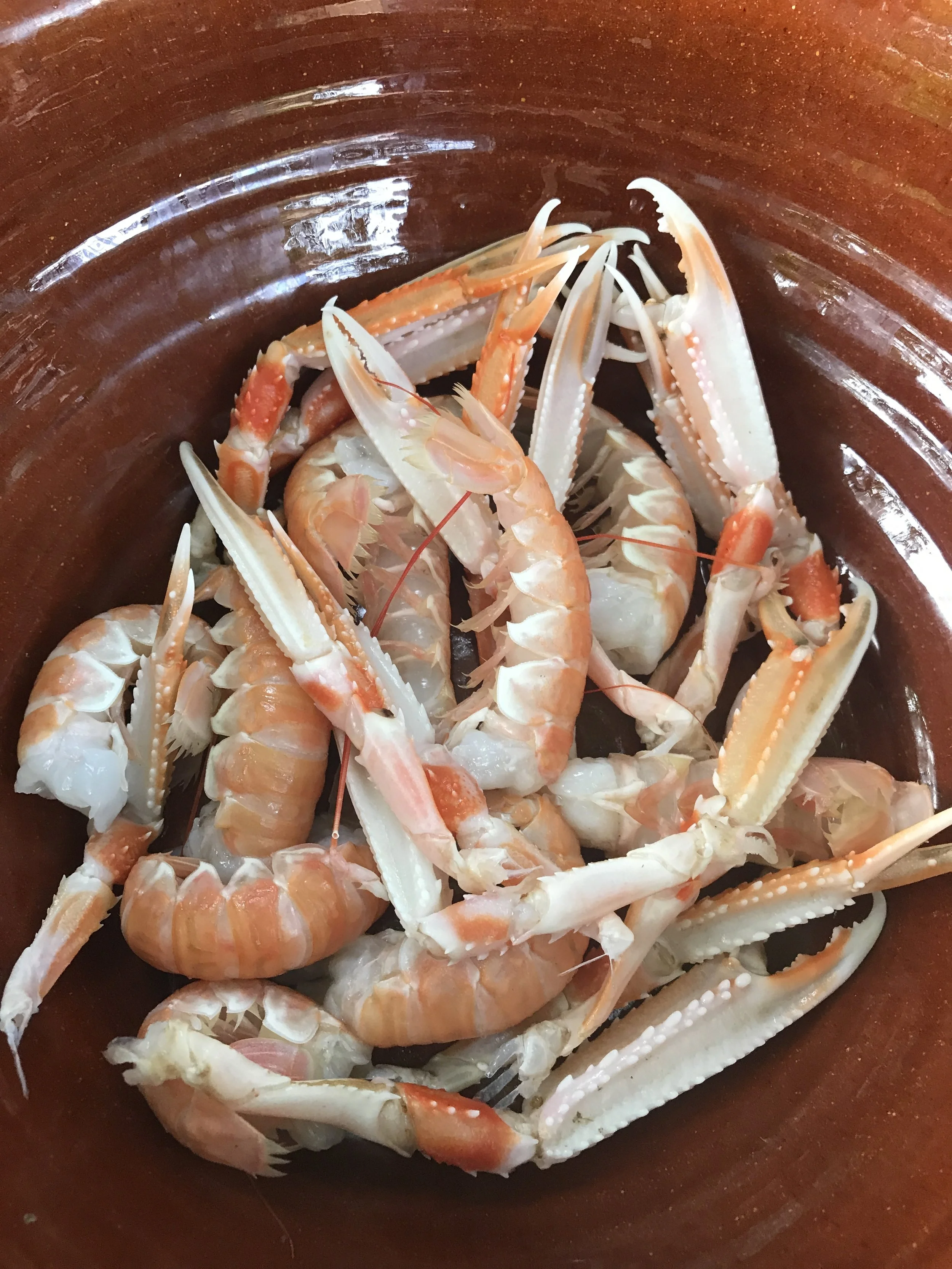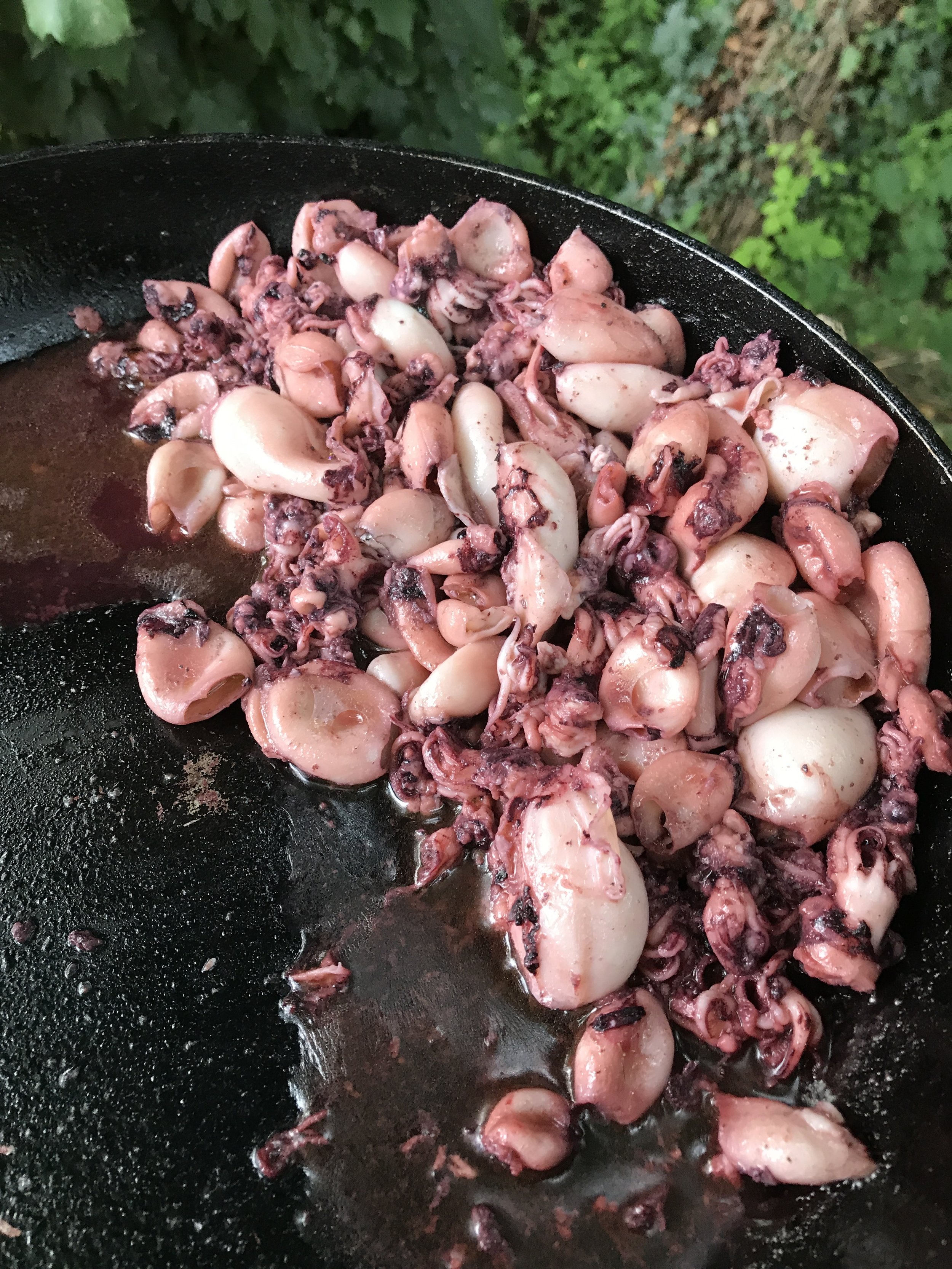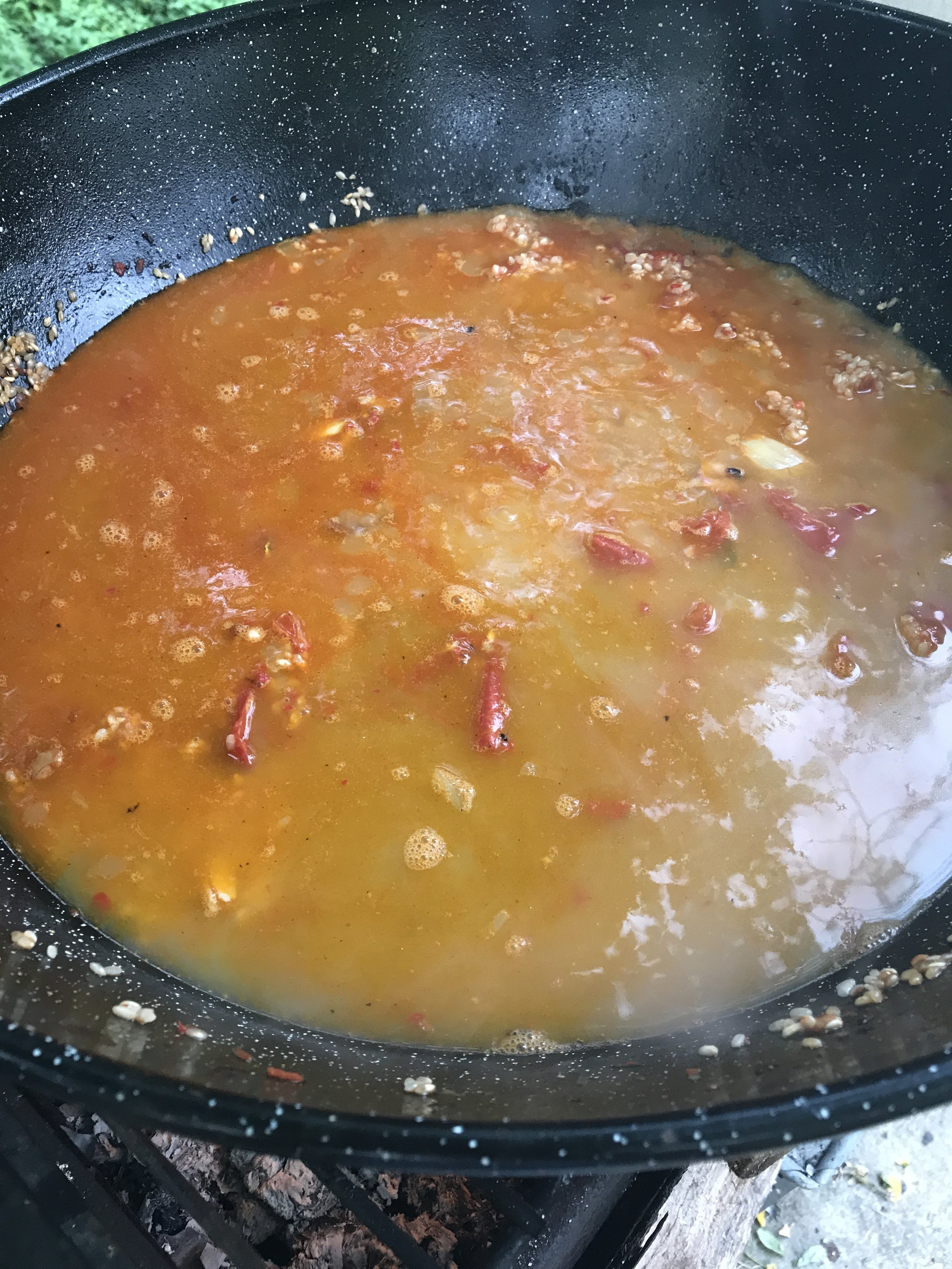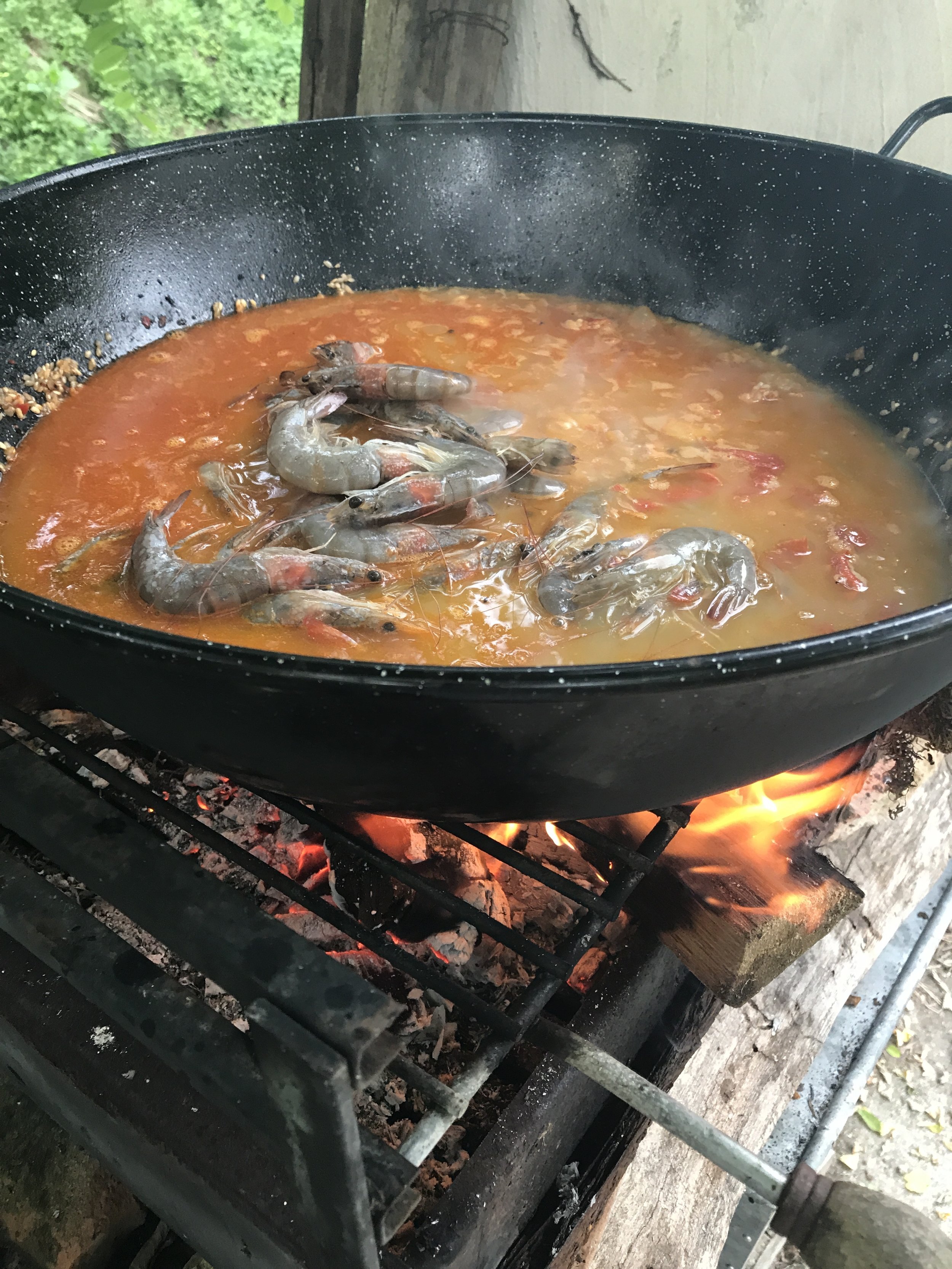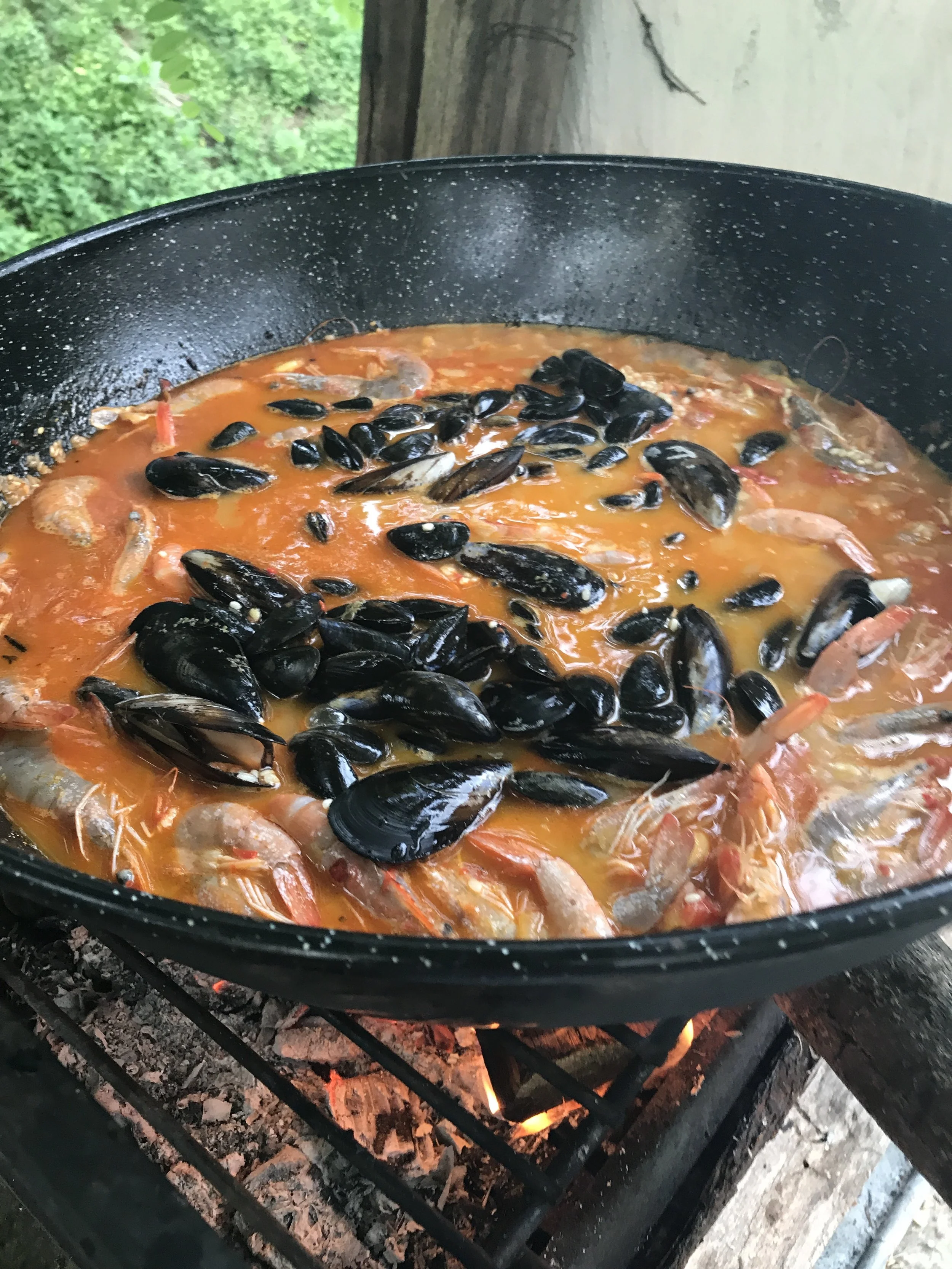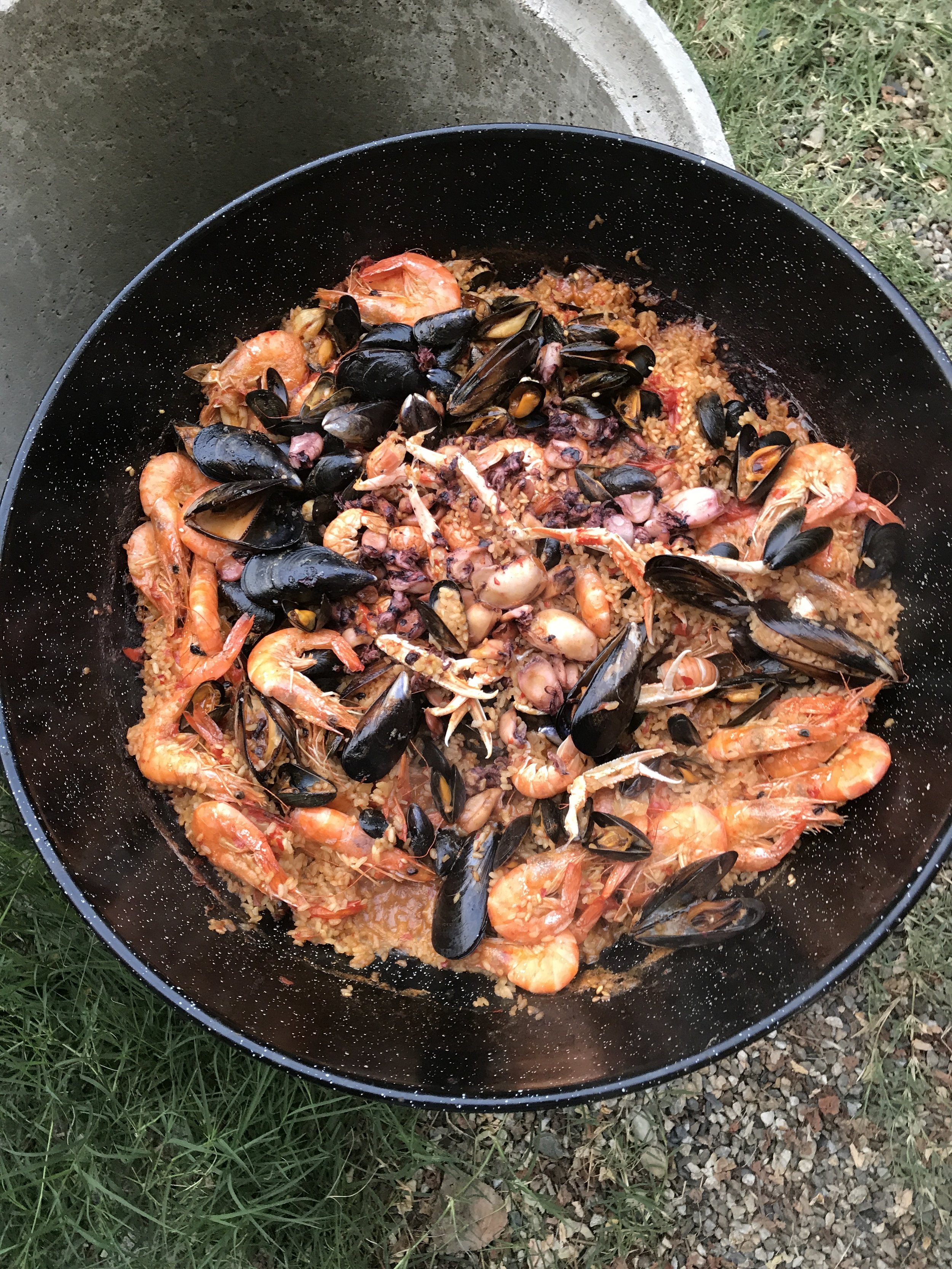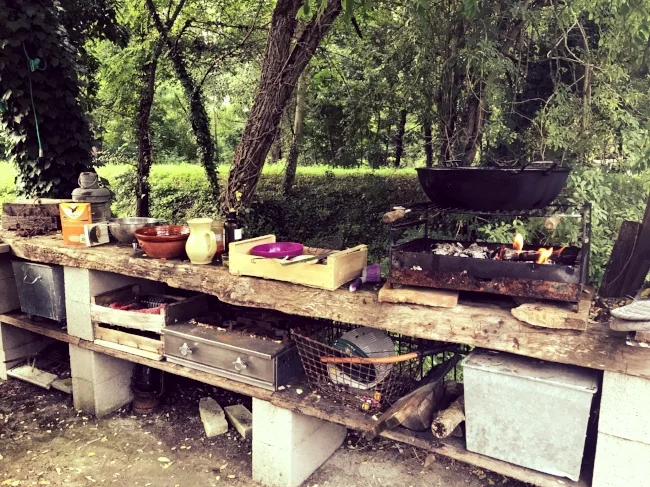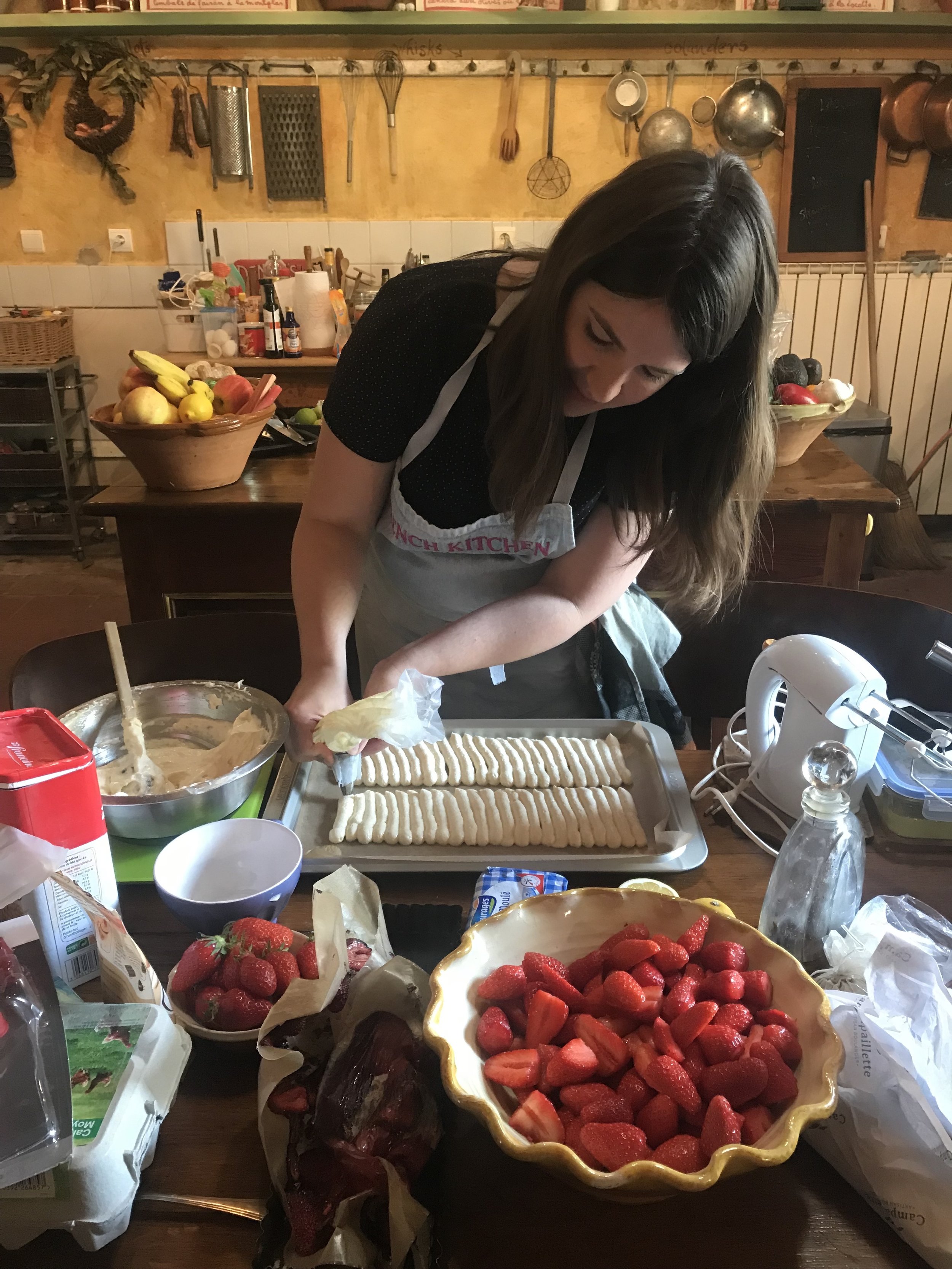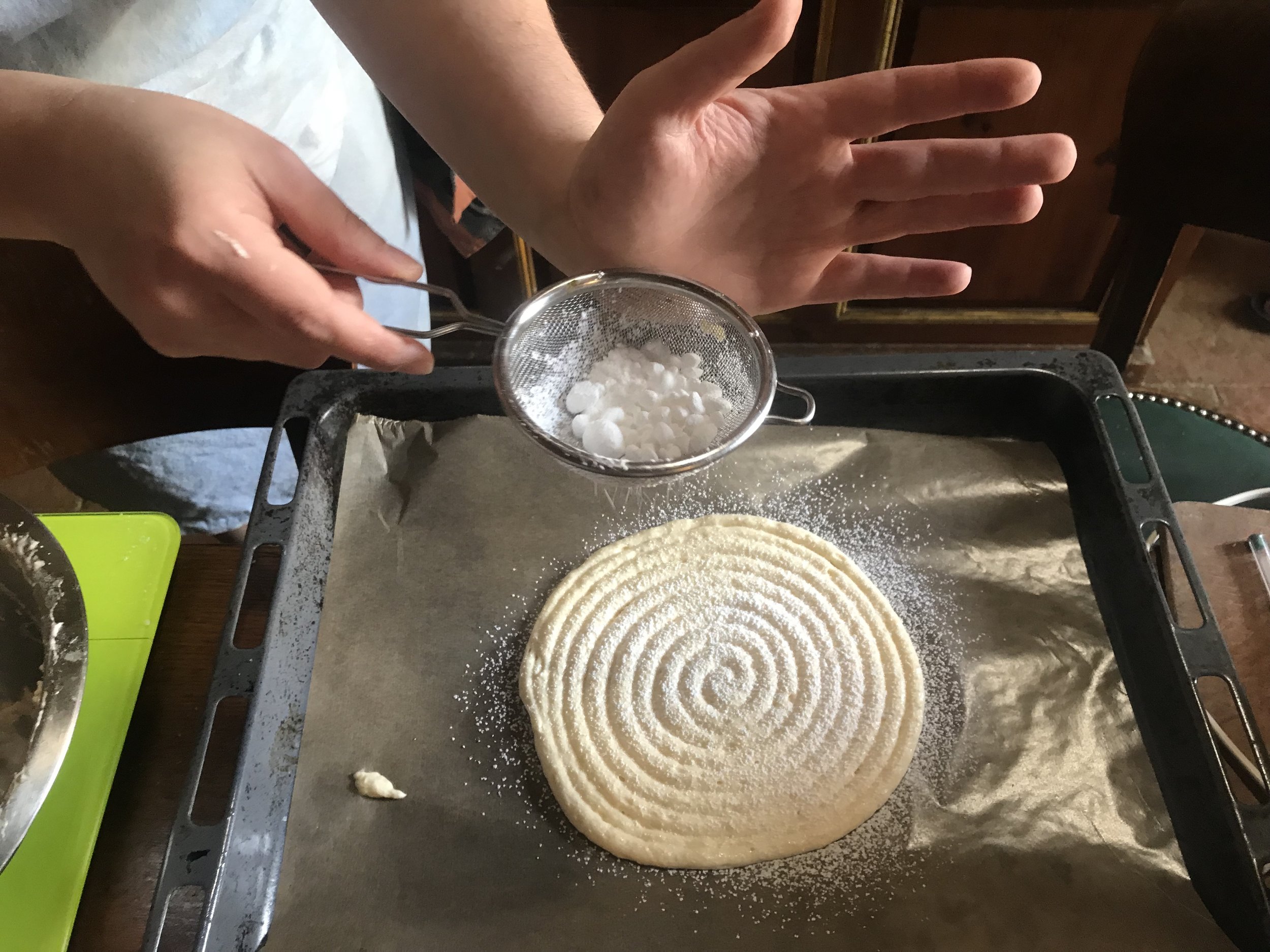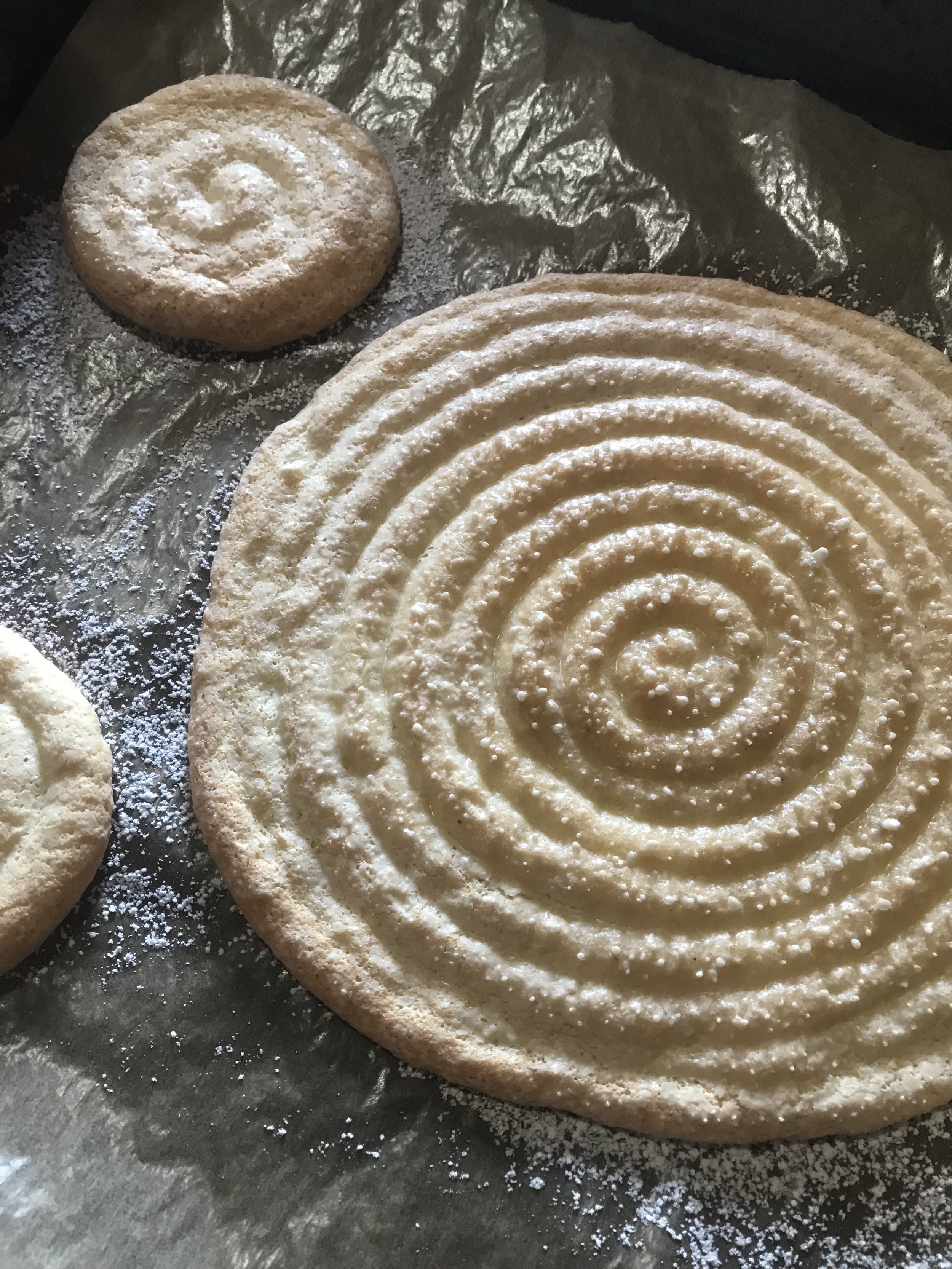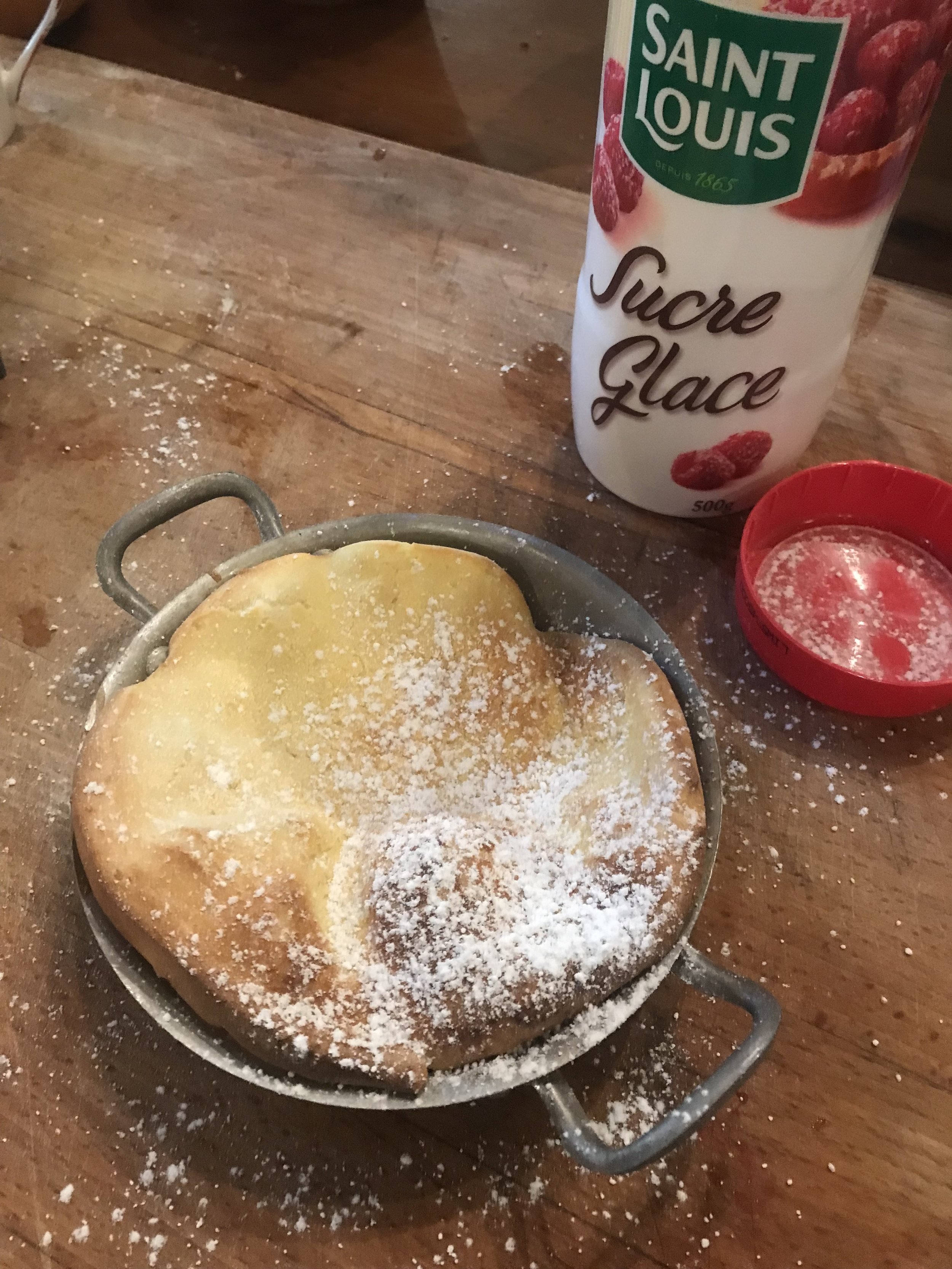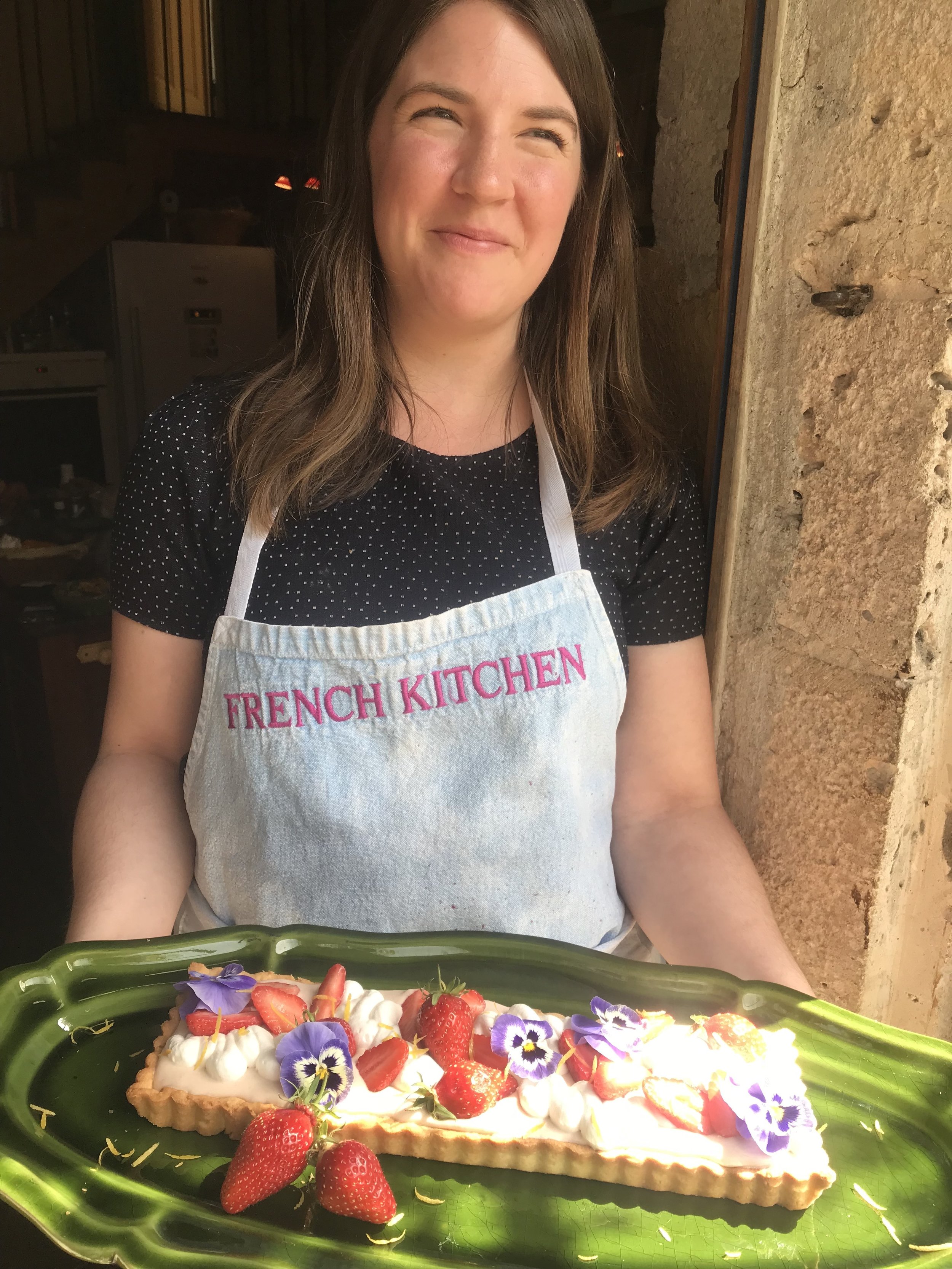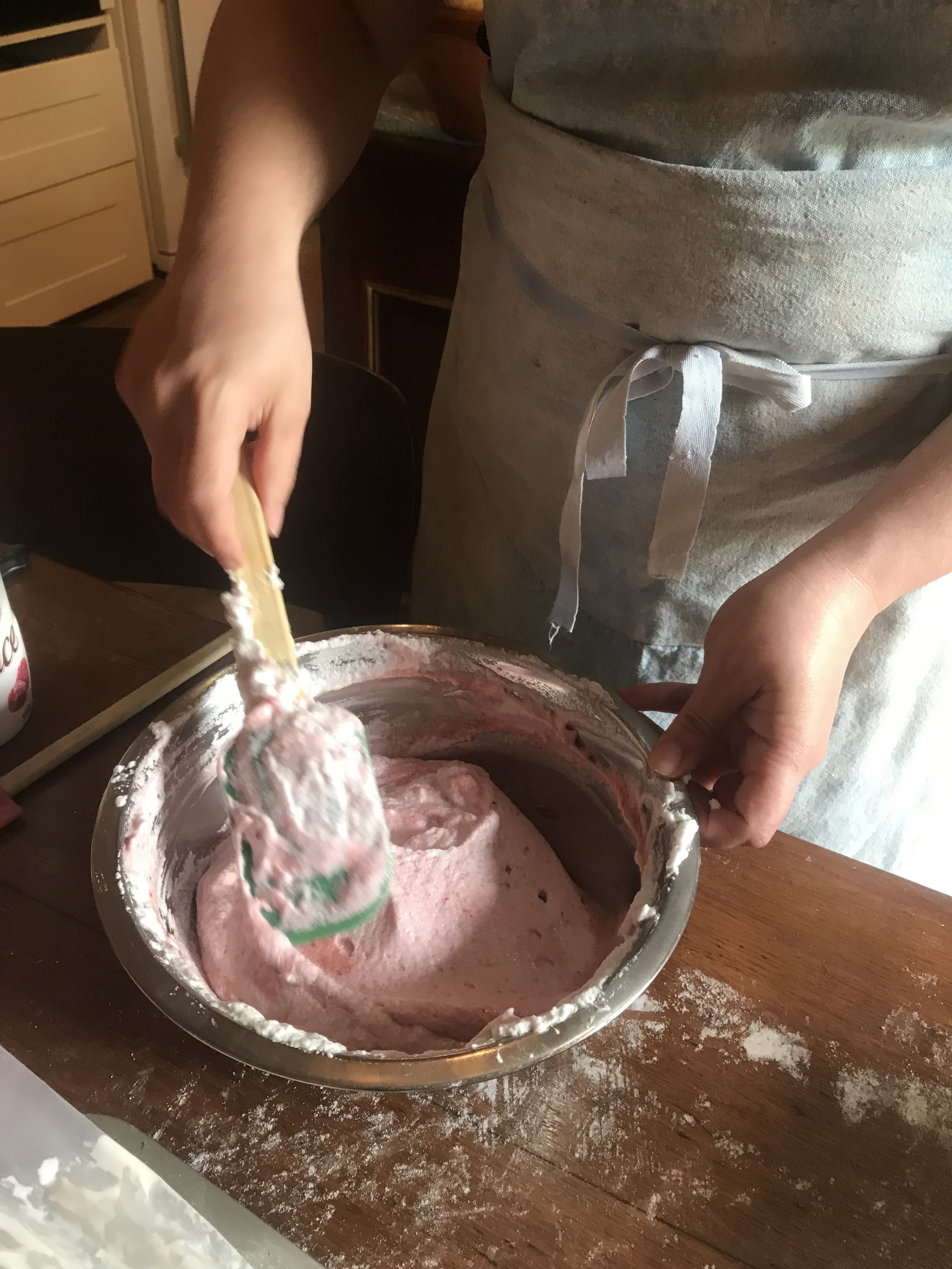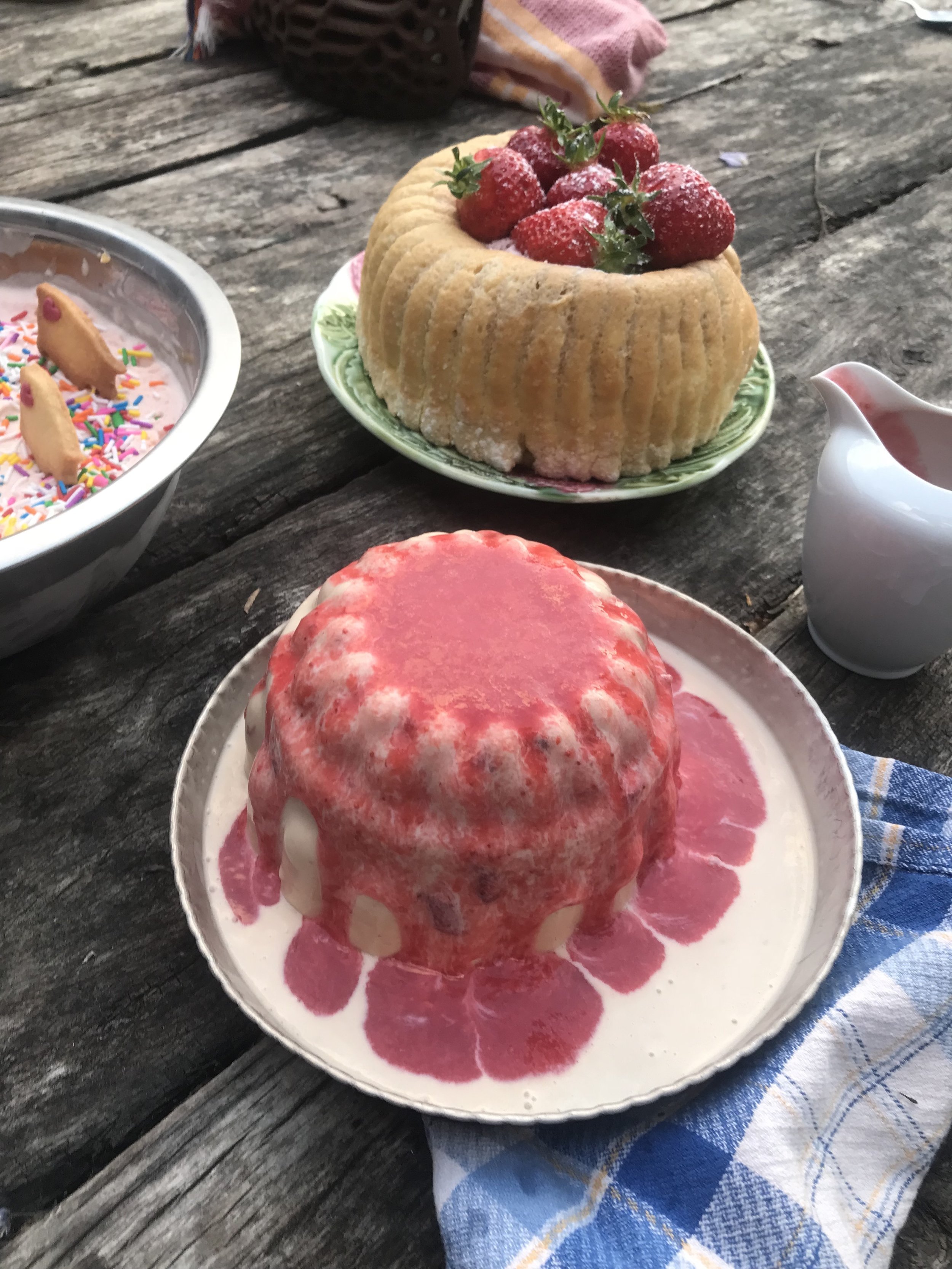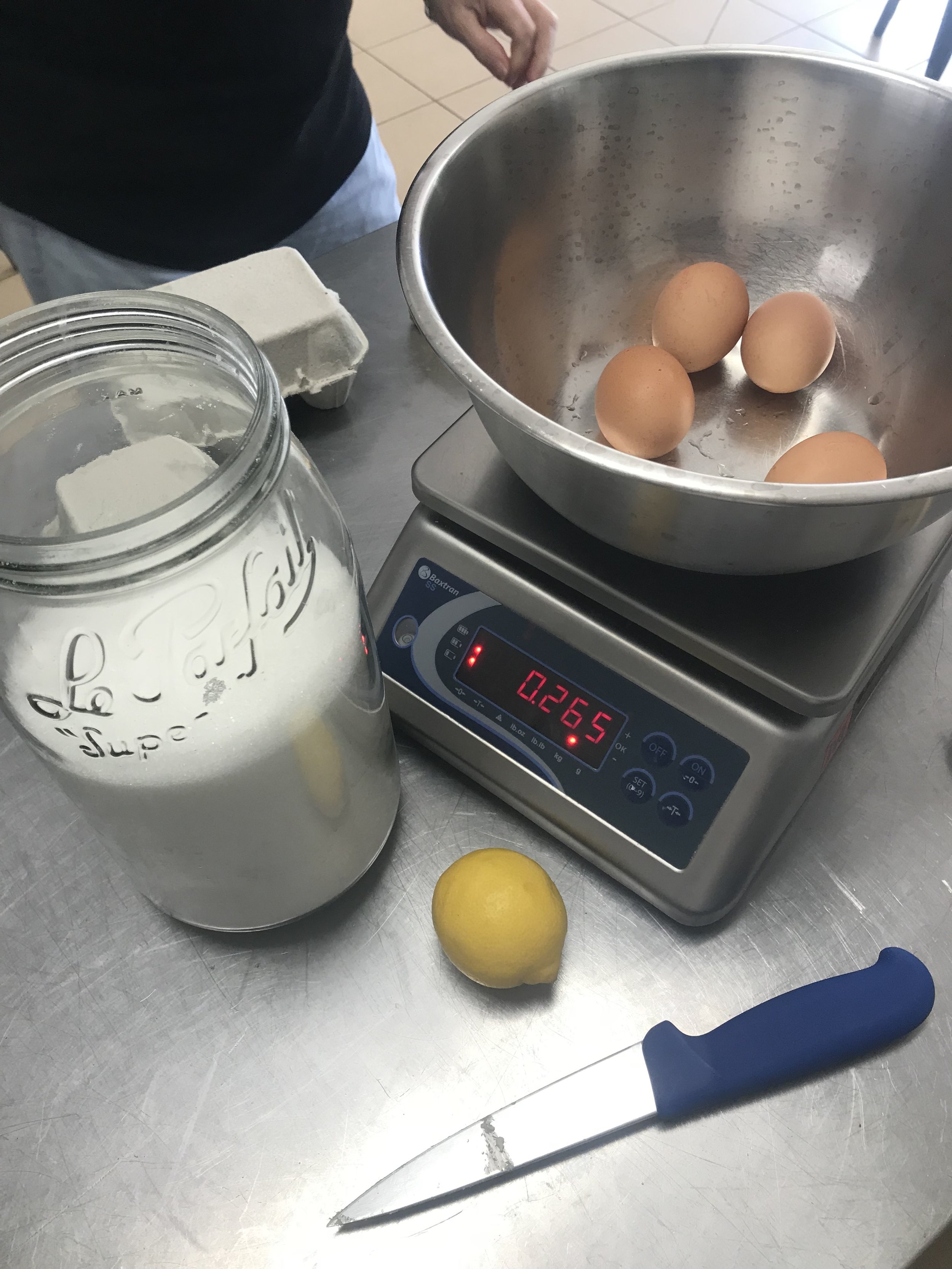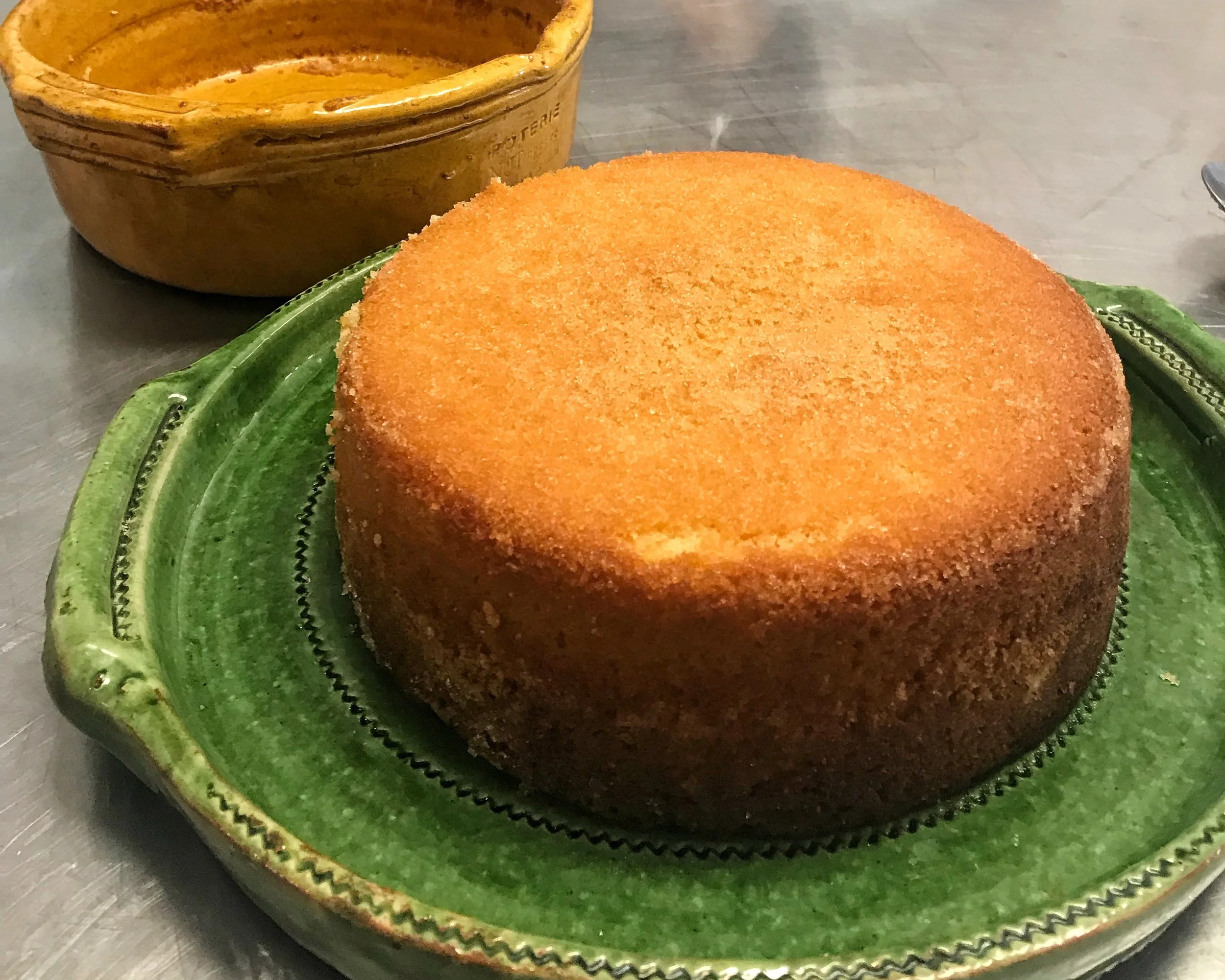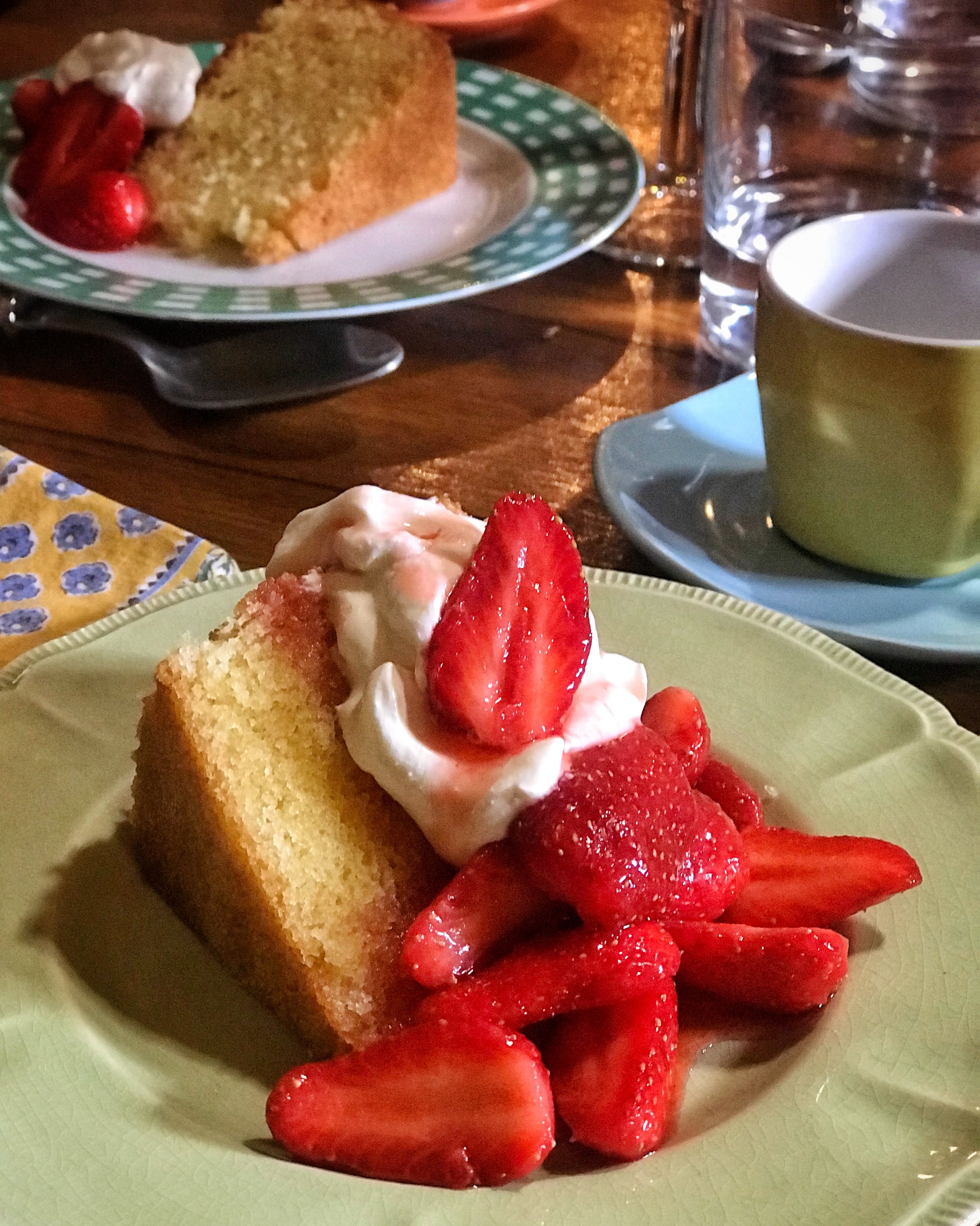I have been talking about chickens and eggs a lot these days on Instagram, both on the Grid and in my Stories. My morning ritual begins when I open the henhouse doors just after sunrise; I begin talking to the girls as I get about 20 feet away. All is quiet then they begin to talk back to me. Or to each other. It is a musical soft chirping rather than cartoon clucking and the message I hear is “We’ve been waiting for you!”.
So letting the chickens out into the yard, making sure they have food then gathering their eggs all happens in a sweet state of slow wakefulness. At this time of year there are 4-6 eggs daily from the 7 hens each week; that’s about three dozen fresh free-range organic eggs a week. Spring hasn’t even hit yet.
Here’s an old favorite- a recipe that uses eggs in abundance. Serve it on a weekend breakfast or finish off a simple supper as dessert, but only make this if you have great eggs. Like all simple recipes, the basic ingredient must be fabulous—fresh eggs, good butter, homemade preserves. Think of this more rustic version instead of a classic bourgeois soufflé when you next have more eggs than you can use. Served with fruit preserves or any sweet sauce, this cloud of deeply golden eggs is easy enough to do for yourself or a large crowd. The recipe below serves about four; I count 1.5 to 2 eggs per person.
Les Oeufs Nuageux or Egg Clouds
One Tablespoon sweet butter
6 Fresh Eggs
3 Tablespoons fine white sugar
Heat oven to 400’F or 200’C. Place a tablespoon of butter in a pie pan or oven proof clay dish. Place in hot oven until the butter melts. In the meantime make your omelet.
Take 6 very fresh eggs. Separate whites from yolks into 2 clean bowls. Yes, those yolks are really that color! happy chickens.
Whisk 3 Tablespoons sugar into yolks. Whisk until sugar is dissolved and yolks are ribbony.
Whisk egg whites in copper bowl.
Whisk eggs until they form a strong peak.
Mix a large spoon full of whipped whites into the egg yolks; then pour yolks onto whites.
Fold the whites into the yolks. Gently. A few ribbons of white in the gold is fine.
Pour eggs into the hot pan or dish and return it to the hot oven. Bake for 20-30 minutes (depending on thickness) until just set. My finger-deep omelette took close to 30 minutes. A thinner one might take just 15 min. Keep an eye on the oven! I served this melt-in-your-mouth Sunday breakfast with some hot compote des pommes (applesauce) and marmalade covered toast. Perfect. Enjoy!














